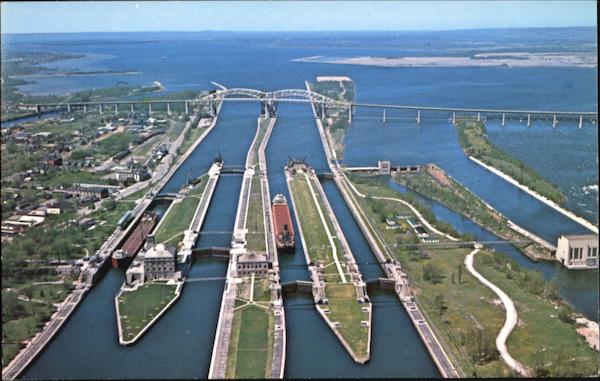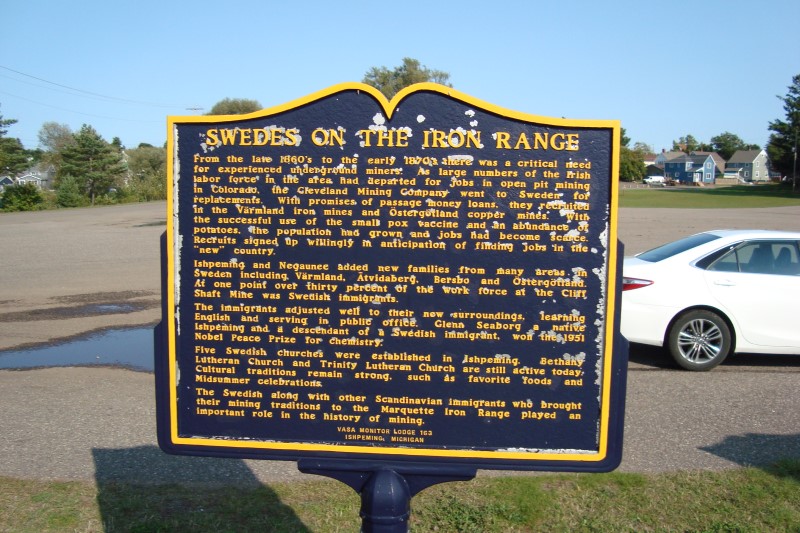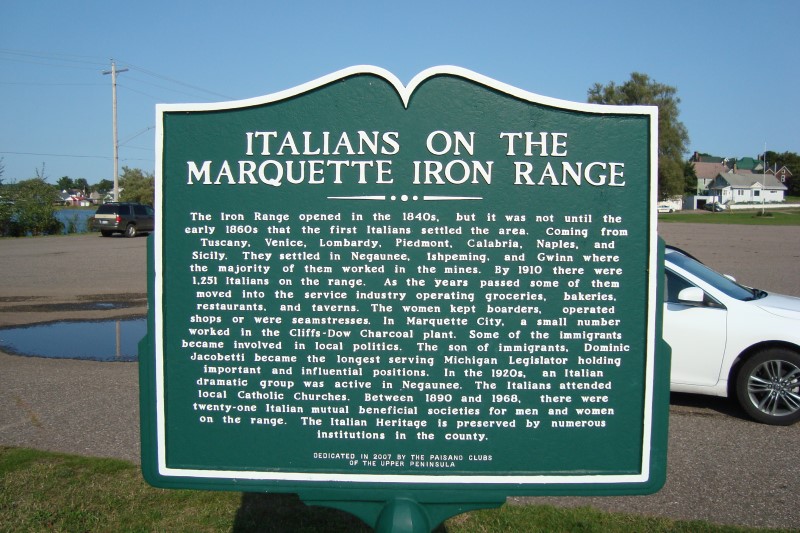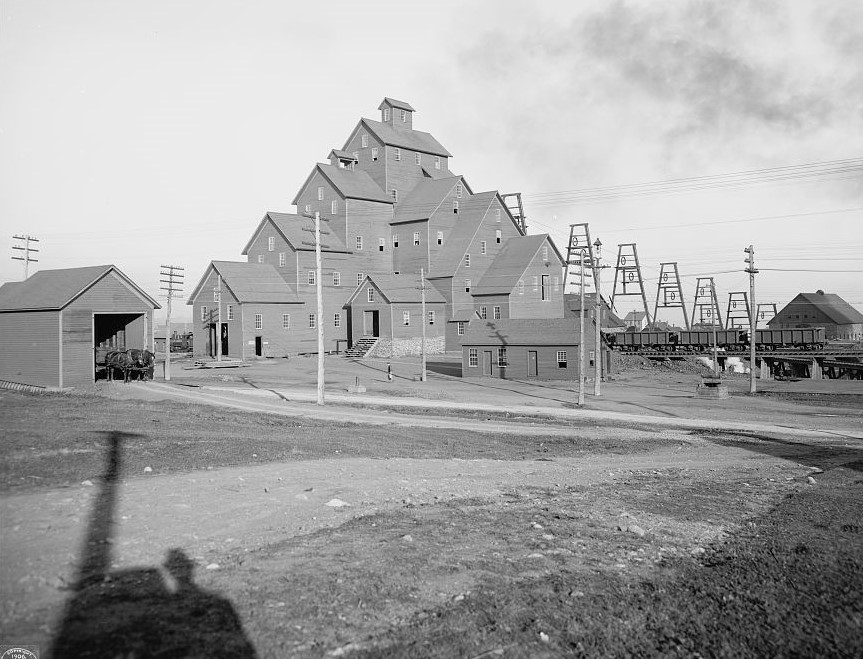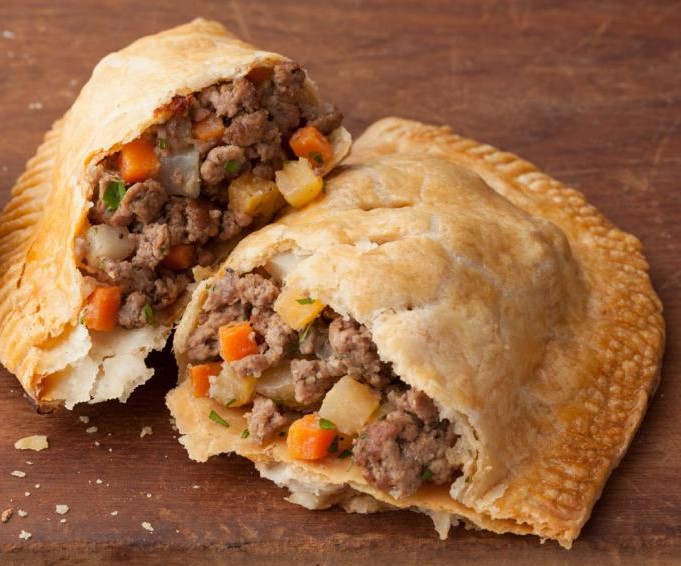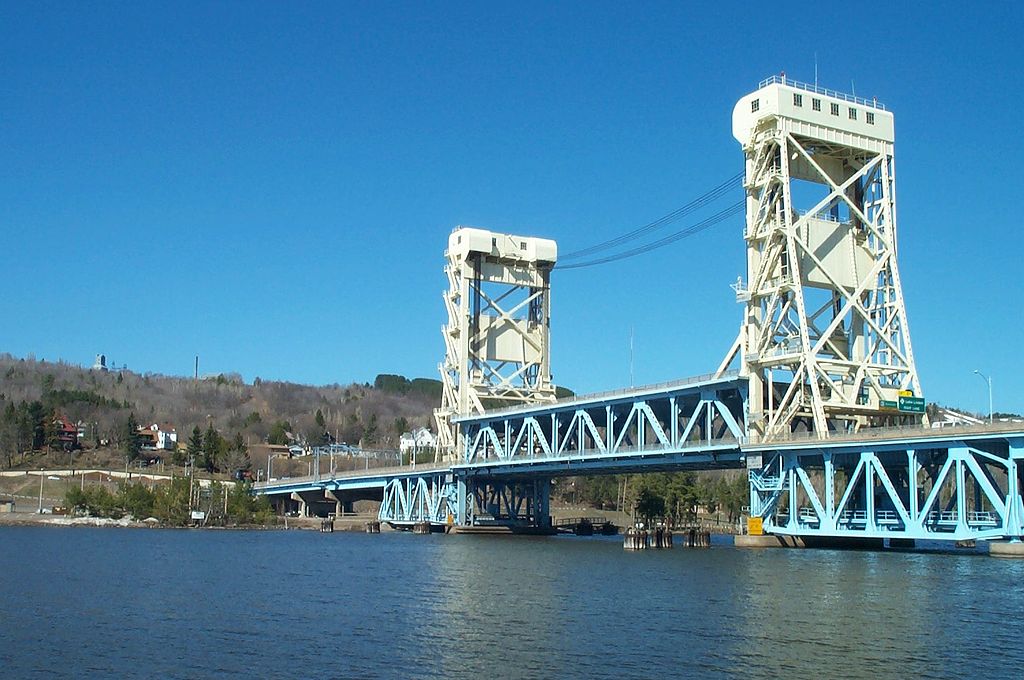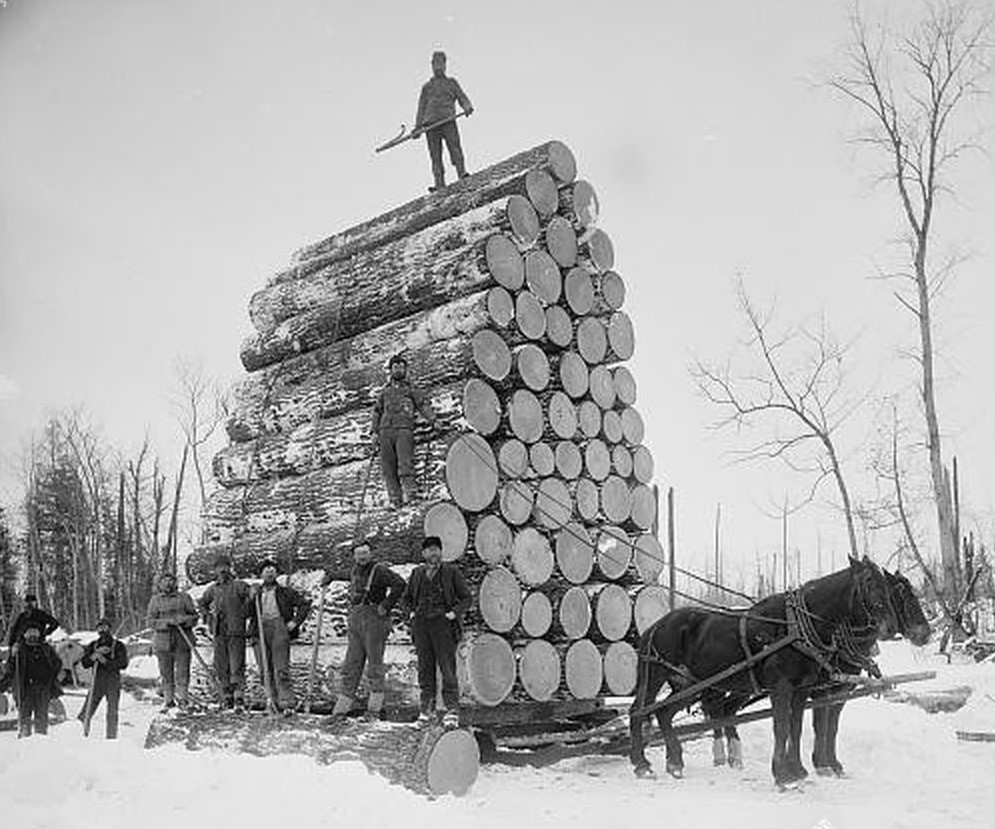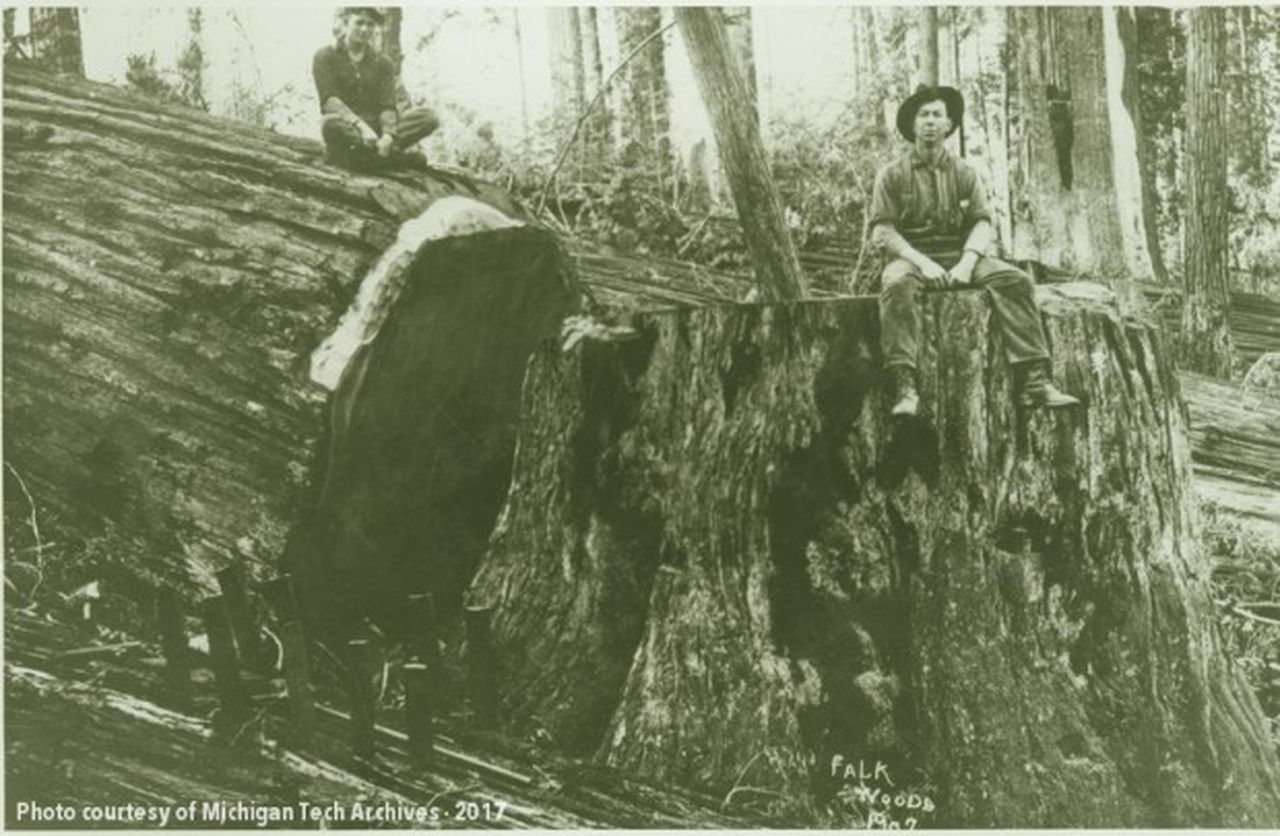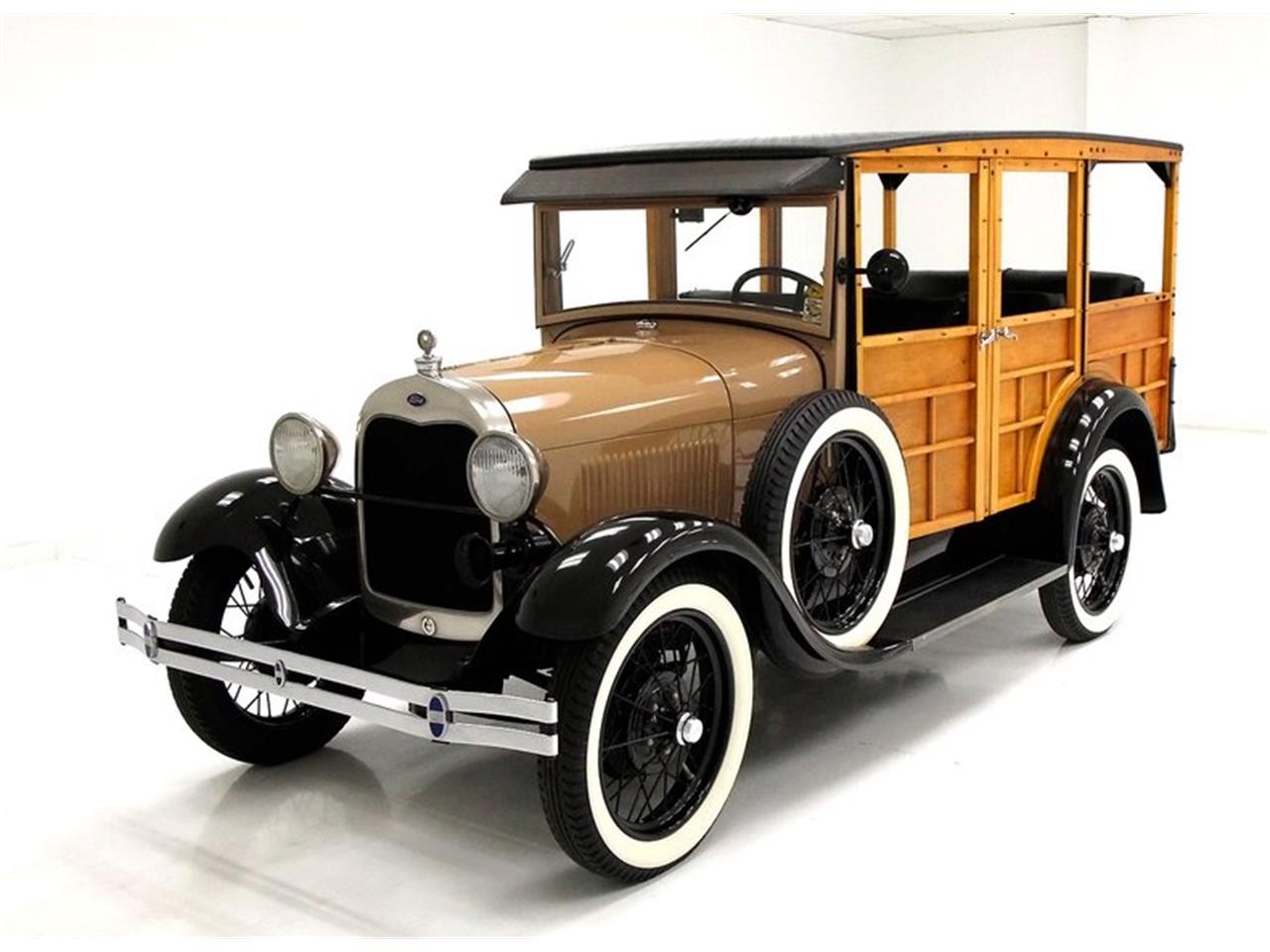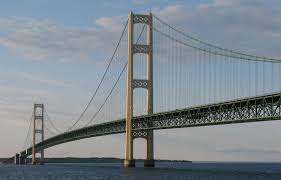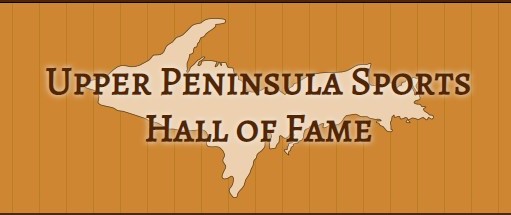HISTORY OF THE UPPER PENINSULA
OF MICHIGAN
- Home Page
- History of Upper Peninsula of Michigan
Michigan became a state in 1837. Before then it was known as part of the Northwest Territory and then the Michigan Territory.
It's the only state with two peninsulas and the Upper Peninsula bounced around among several territories, including Wisconsin and Ohio, until it was finally granted to the new state of Michigan.
The Upper Peninsula shares about 200 miles of its border with Wisconsin. Many Yoopers identify more with the Badger state than they do with the Michigan mitten they are connected to only by the Mackinac Bridge.
The Upper Peninsula was actually granted to Michigan to settle a dispute with Ohio over the area now known as Toledo. You can check out the Toledo War to learn more.
So Michigan got the Upper Peninsula and Ohio got Toledo.
It took awhile for people to figure out who got the better deal.
The Upper Peninsula was described in a government report as a
"sterile region on the shores of Lake Superior destined by soil and climate to remain forever a wilderness."
Things took a sudden turn in Michigan's favor in the 1840s when the Upper Peninsula was soon discovered to have vast deposits of copper and iron ore.
Most of the copper mines were in the western part of the Upper Peninsula; the iron mines were in the central region.
The mines created an economic boom in the U.P. that produced more wealth than the California Gold Rush had done during the era of the "Forty Niners."
The Soo Locks between Lakes Superior and Huron were built in 1855 and shipping from the Upper Peninsula was made far more efficient by avoiding the rapids on the St. Mary's River.
The city of Sault Ste Marie is named for an ancient French word that means waterfall.
Yoopers and most others simply call Sault Ste. Marie The Soo. The town across the locks in Canada has the same name.
Huge iron ore docks were constructed in Marquette in 1859. These docks were used to load ore from the mines onto ships for transport to steel mills along the Great Lakes.
The mines on the iron range needed workers, so thousands of immigrants arrived from Italy, Sweden, and other European countries to fill the needs.
This boom in copper also created a huge influx of immigrants moving to the area to work in the mines of the western Upper Peninsula, a region that became known as the "Copper Country."
The first group of copper miners came from Cornwall in England where many laborers had extensive mining experience.
These Cornish miners brought a meat pie to work with them called a pasty. At lunch time they would heat up the pasty with their acetylene head lamps and have a nice hot meal.
The next large groups of immigrants to the Copper Country came from Finland, Ireland, Germany, and French Canada.
By the 1860s the Upper Peninsula was supplying 90% of the United States copper production.
ISLE ROYALE is an island in Keewanee County in Lake Superior. It is surrounded by 450 smaller islands and the entire group comprises Isle Royale National Park. Because of its remoteness, it is the least visited national park in the lower 48 United States.
The island can be reached only by seaplane, boat, private ferries, and a National Park Service ferry from Copper Harbor. The island is a nature lover's paradise with an amazing assortment of wildlife, many of which have never seen a human being. You can camp on the island, hike, kayak, and just enjoy the remote solitude.
Yoopers today still love their pasties. Most of them have their favorite recipes. By the way, it is pronounced PASS-TEE.
Here is an Upper Peninsula Pasty Recipe from TasteOfHome.com
2 cups shortening
2 cups boiling water
5 1/2 to 6 cups all purpose flour
2 teaspoons salt
6 medium red potatoes
2 small rutabagas
1 pound ground beef
1. In a large bowl, stir shortening and water until shortening is melted. Then gradually stir in the flour and salt until very soft dough is formed. Cover and refrigerate for 1 1/2 hours.
2.Cut potatoes and rutabagas into 1/8 inch or 1/4 inch cubes. Do not make cubes too large or they will not cook properly. Gently combine ground beef and pork; break into small crumbles. In a large bowl, combine potatoes, rutabagas, onions, meat mixture and seasonings.
1/2 pound ground pork
2 medium onions chopped in 1/4 in pcs
3 teaspoons salt
2 teaspoons pepper
2 teaspoons garlic powder
1/4 cup butter
Half & Half cream or lightly beaten egg
3. Divide dough into 12 equal portions. On a floured surface, roll out 1 portion at a time into an 8 inch circle. Mound 1-1/2 to 2 cups filling on half of each circle; dot with 1 teaspoon of butter. Moisten edges with water; carefully fold dough over filling and press edges with a fork to seal.
4. Place on ungreased baking sheets. Cut several slits in top of pasties. If desired, brush with cream or beaten egg. Bake at 350 degrees until golden brown, about one hour. Cool on wire racks. Serve hot or cold. Store in refrigerator.
Here is an excellent article that tells you about their 13 favorite pasty places in the U.P.
13 UP Pasties You Must Try On Your Next Visit
In the early 1900s more than 75% of the population of the Upper Peninsula were foreign born
The majority of the population of the Northwest Upper Peninsula around the copper mines were Finnish. A college was founded in 1896 in Hancock named Suomi College and Theological Seminary.
It has grown into the only private university in the Upper Peninsula and is now called Finlandia University.
The intensive mining in the U.P. also created a need for engineers, and this is how Michigan Technological University in Houghton came to be. In the early days we called it "Hougton Tech."
By the 1890s the Upper Peninsula was the largest supplier of iron ore in the country and continued to be so until the 1920s.
The other major industry in the Upper Peninsula was lumbering. The land was covered by millions of acres of a wide variety of trees. It is said that most of the buildings in Milwaukee and Chicago were built using timber from the Upper Peninsula.
The virgin trees were very large, and thousands of people worked cutting down trees, floating them down rivers to mills, working in the mills and other lumber support industries.
By the 1890s most of the prime Upper Peninsula forests were cut down to clear land for farms, build homes and businesses, ships, and the massive timber shoring for copper and iron ore mining and shipping operations.
Many of the sawmills were in Menominee at the mouth of the Menominee River where millions of logs were floated down over the years from the adjacent forests.
The town of Menominee at one time shipped out more milled lumber than any other city in the United States. Menominee also had a large sawmill machinery industry manufacturing saws, pulleys, lathes, and other automated tools.
When the forests were depleted of the large trees and only small brush remained, the 1870s saw many dangerous fires.
The most famous fire started in Peshtigo in 1871, a small Wisconsin town a few miles south of the Menominee River.
It spread literally like wildfire to the Upper Peninsula, northern Wisconsin, and even set flaming debris across Green Bay to Door Peninsula.
A museum in Peshtigo preserves the stories and artifacts of the horrible event.
The forests had been so plentiful that Henry Ford established the town of Kingsford and owned more than 500,000 acres in the Upper Peninsula to provide lumber for his cars.
The early Fords used as much as 100 board feet of hardwood per Model T, and station wagons used even more.
By the 1920s most of the timber was gone and the mines were not producing as much copper and iron ore.
Unlike other parts of the country where everybody leaves and you end up with ghost towns, many Yoopers chose to stay. Take a look at these population statistics.
In 1920 the population of the Upper Peninsula was 322,566.
In 2020 the population of the Upper Peninsula was 311,611.
There are very few places in this country that have fewer people now than they did 100 years ago. The population has remained stable for a number of reasons, the most important one being the depletion of its natural resources.
Some people stay in the area but many leave for larger cities like Green Bay, Milwaukee, and Chicago. That's where the jobs are.
The Upper Peninsula was a boom region, like California had been earlier in the Gold Rush, like Texas and Oklahoma during the era of big oil strikes.
Like most booms, this one had to come to an end.
By Mike Miller, Copyright 2020-2025 YooperSecrets.com

